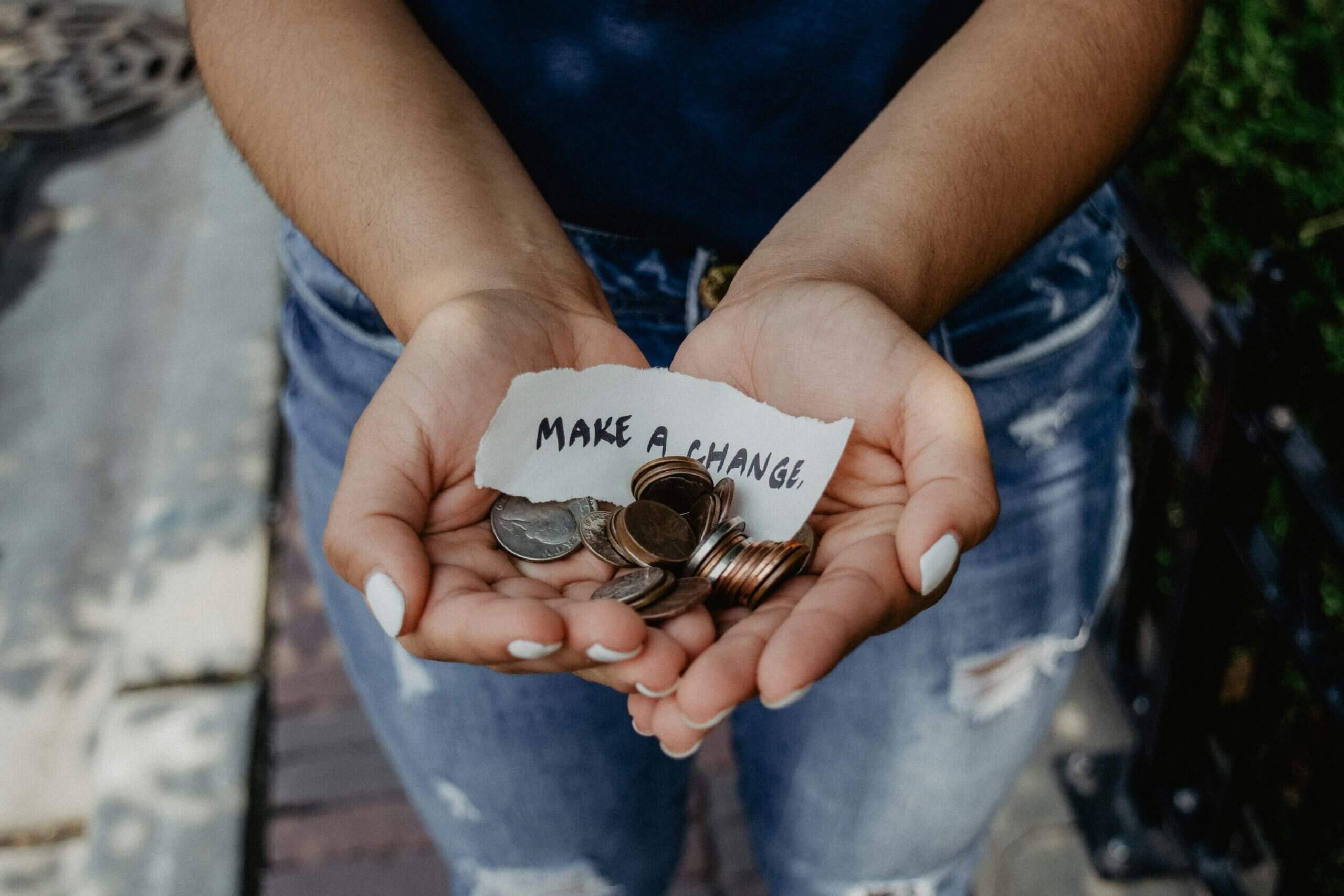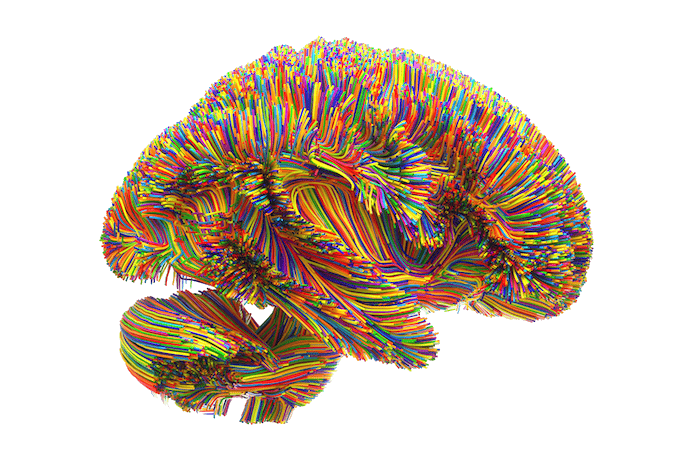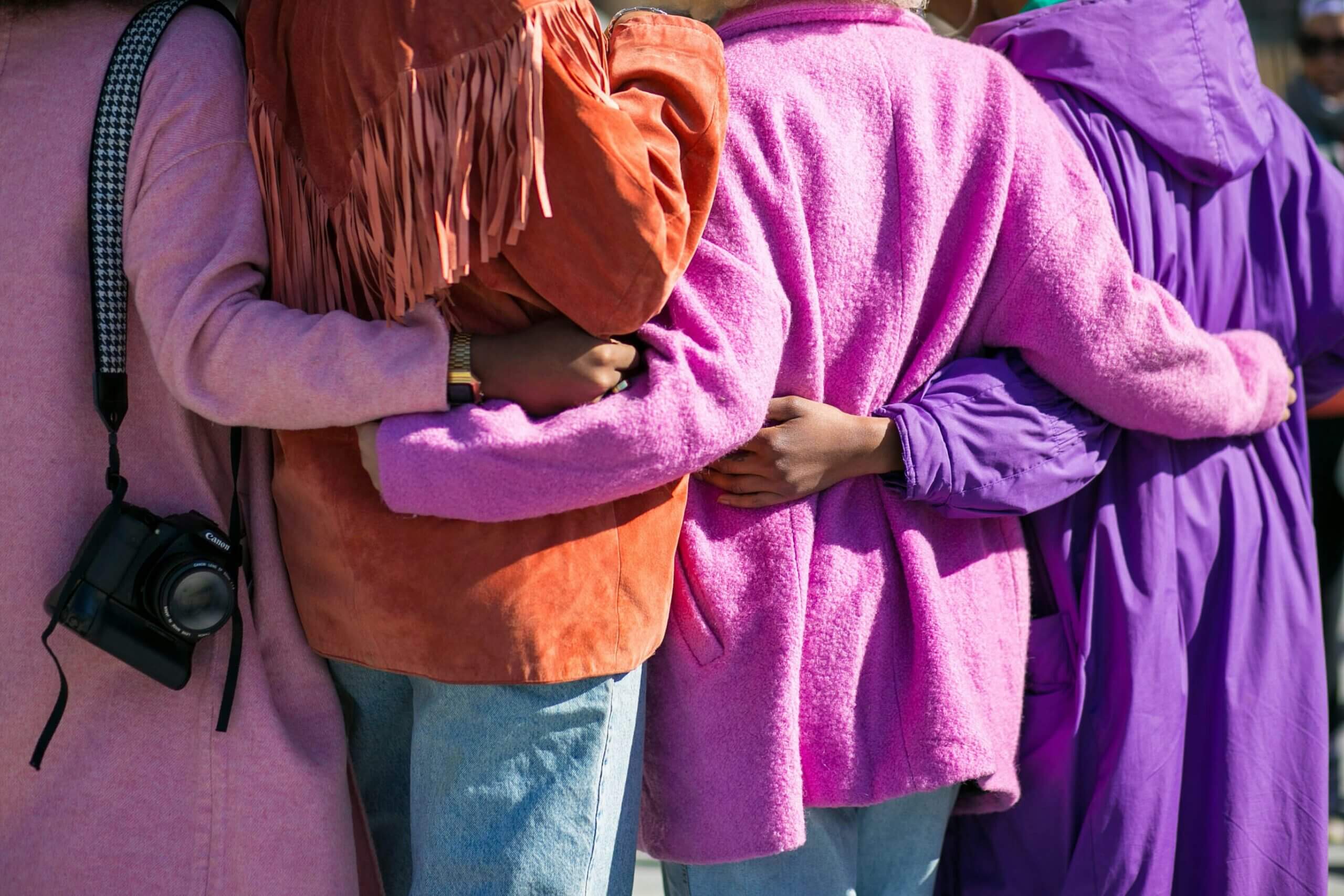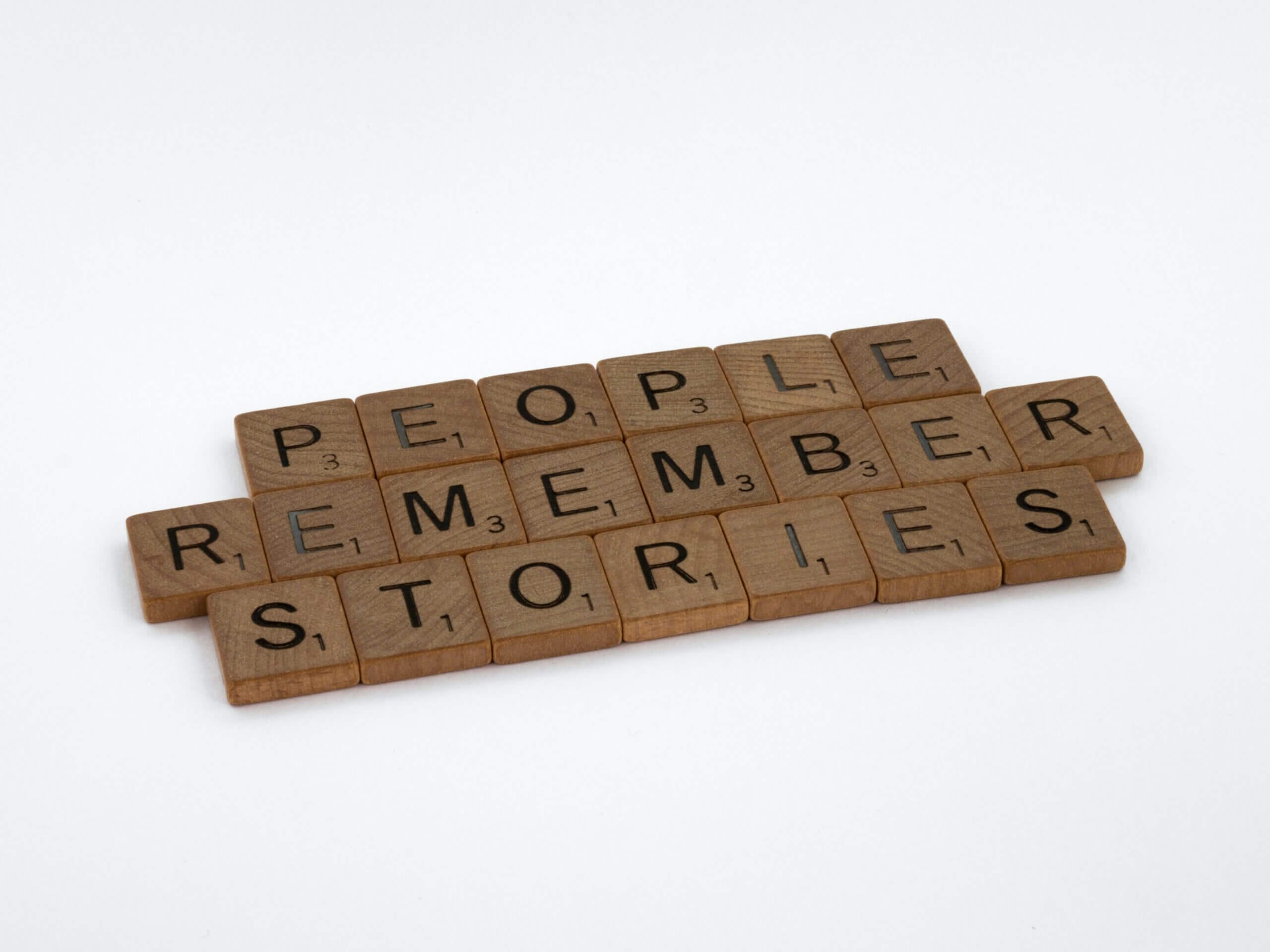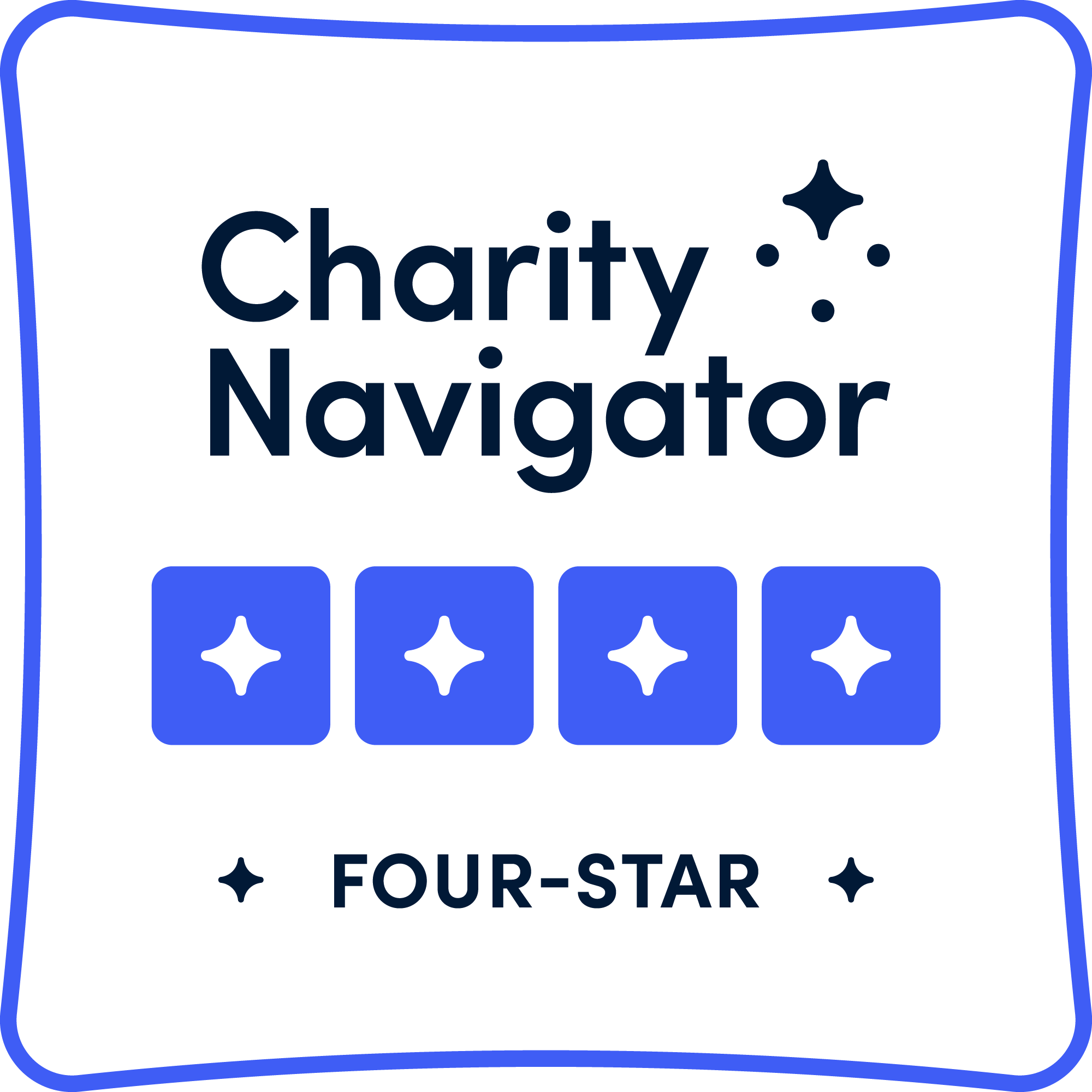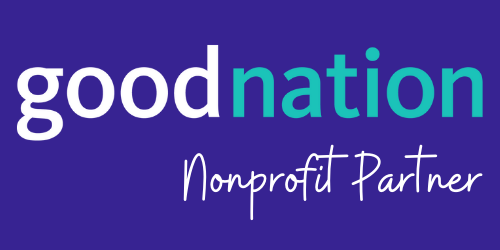
Behavioral Design at 15: Our methodology for combining empathy and science for social good
by The ideas42 Team
Fifteen years of honing our approach has yielded an evidence-informed, people-centric framework that is responsive to the varied contexts and communities in which we operate. So what does this look like?




